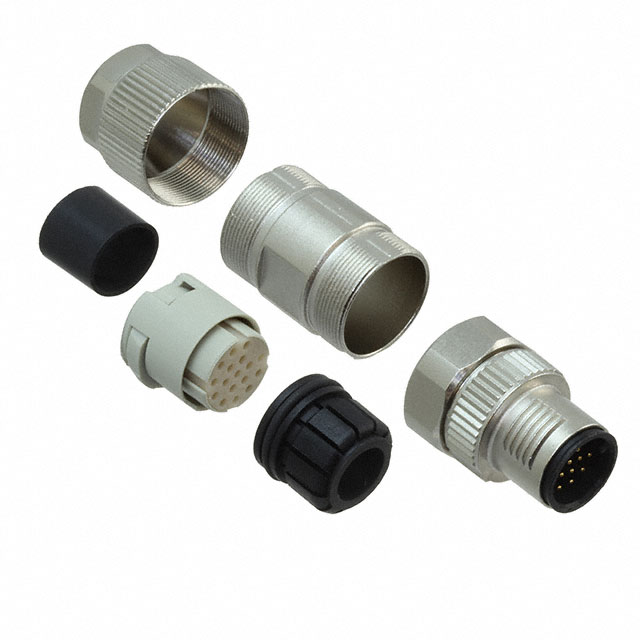In the vast realm of electrical connectivity, it’s easy to overlook the simplicity and importance of 1 pin electrical connector. These seemingly modest components play a crucial role in various applications, serving as the foundation for single-point power transfer. In this blog post, we’ll delve into the world of 1-pin connectors, exploring their uses, advantages, and the diverse scenarios where they prove to be indispensable.
Understanding 1-Pin Electrical Connectors: At first glance, a 1-pin connector might appear straightforward and minimalistic compared to its multi-pin counterparts. However, its simplicity is what makes it so versatile and efficient. Essentially, a 1-pin electrical connector consists of a single conductor, providing a direct pathway for the flow of electrical current.
Applications and Use Cases:
- Power Supply Units (PSUs): One-pin connectors are commonly employed in power supply units where a singular, direct connection is required. This is particularly useful in devices with low power requirements, where a more elaborate connector would be excessive.
- LED Lighting Systems: In the realm of LED lighting, 1-pin connectors find a home. They facilitate the direct connection of individual LED components, contributing to the modular and customizable nature of modern lighting setups.
- Sensor Networks: In applications involving sensors and detectors, 1-pin connectors can be found establishing a straightforward link between the sensor and the central processing unit. This direct connection ensures reliability in data transmission.
Advantages of 1-Pin Connectors:
- Simplicity and Space Efficiency: The minimalist design of 1-pin connectors makes them ideal for situations where space is limited. Their simplicity also translates to ease of use and installation.
- Cost-Effectiveness: With fewer components, 1-pin connectors are often more cost-effective than their multi-pin counterparts. This makes them an economical choice for applications with basic connectivity needs.
- Reduced Signal Interference: In scenarios where signal integrity is crucial, a 1-pin connector’s direct pathway minimizes the risk of signal interference, ensuring a clean and reliable connection.



